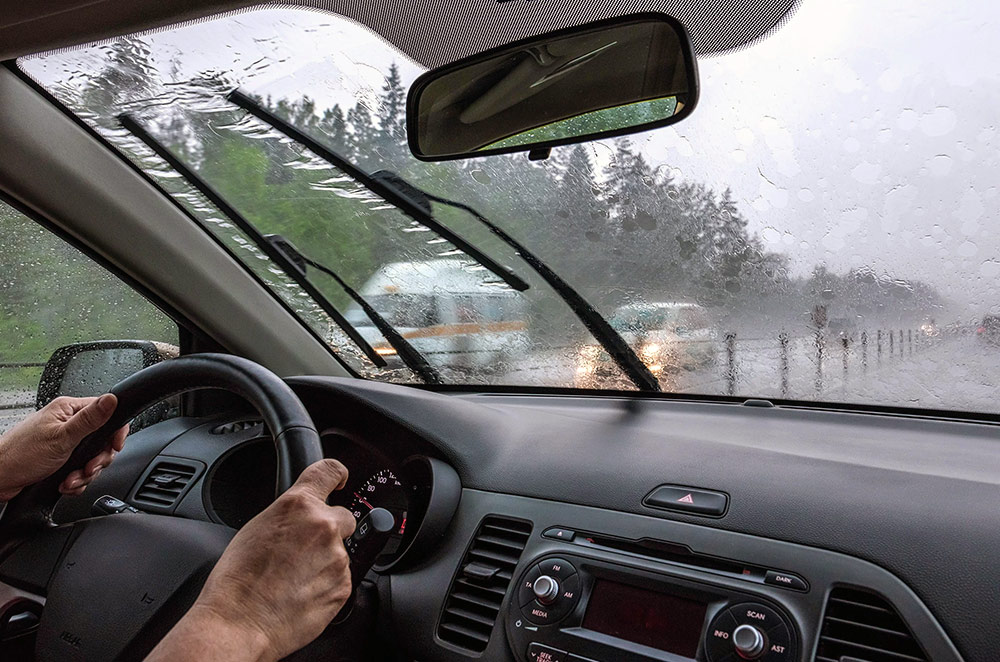By Fattyma Ibrahim
It is riskier to drive on the road during the rain, especially in a tropical country like Nigeria. Driving in rainy conditions presents a unique set of challenges that demand heightened attention and cautious behaviour from motorists.
Rainy weather can reduce visibility, create slippery road surfaces, and increase the likelihood of car accidents. To ensure your safety and the safety of others on the road, it’s crucial to adopt specific driving practices when encountering wet conditions.
In the southern part of Nigeria, the rainy season typically begins in March and ends around November. Hence, it is important to adhere to safety rules while driving during the rainy season.
Reduce your speed and increase the following distance
Wet roads significantly reduce traction, making it more difficult to maneuver your vehicle and stop quickly. Reduce your speed to allow for better control and reaction time. Additionally, increase the following distance between your car and the vehicle in front of you. This extended space provides a buffer in case the car in front suddenly brakes or encounters an obstacle.
Maintain proper tyre traction and pressure
Ensure that your tyres have adequate tread depth to disperse water and prevent hydroplaning – a situation where your tyres lose contact with the road due to a layer of water. Proper tire pressure is also essential; underinflated tyres can decrease traction and increase the risk of accidents. Regularly check your tyre tread and pressure, especially before embarking on a journey in wet conditions.
Turn on your headlights
Rainy weather often leads to reduced visibility, both for you and other drivers. Use your vehicle’s lights effectively to improve visibility and signal your presence on the road. Turn on your headlights even during light rain – this not only helps you see better but also makes your vehicle more visible to others. However, avoid using high beams, which can reflect off the raindrops and further impair visibility.
Avoid sudden maneuvers and braking
Avoid sudden maneuvers such as sharp turns or quick lane changes, as these actions can lead to skidding or loss of control on slippery surfaces. When braking, apply gentle pressure rather than slamming on the brakes, as abrupt braking can cause your car to skid.
Avoid flooded roads
Never drive through standing or flowing water on a roadway unless you have no choice or you are able to follow someone else to judge the depth of the water. Flooding the engine of your car can cause the engine to stall, and deep water can actually float your car and take it off the roadway.
Stay informed and plan ahead
Before embarking on a journey in rainy weather, check weather forecasts and road conditions. If possible, delay your trip or choose an alternate route if severe weather is expected. If you’re already on the road and the rain becomes heavy, consider pulling over safely and waiting until the conditions improve. If you have no choice but to keep driving, stay focused, remain patient, and be prepared to adapt your driving behavior to the changing conditions.
Remember, these tips are not one size fits all. While you drive, please be mindful that speed kills. Maintaining moderate speed is safer.
Driving safely in the rain requires a combination of caution, preparedness, and adaptability. Remember that your responsibility as a driver extends beyond your own well-being; practicing safe driving habits in inclement weather contributes to a safer road environment for everyone.
